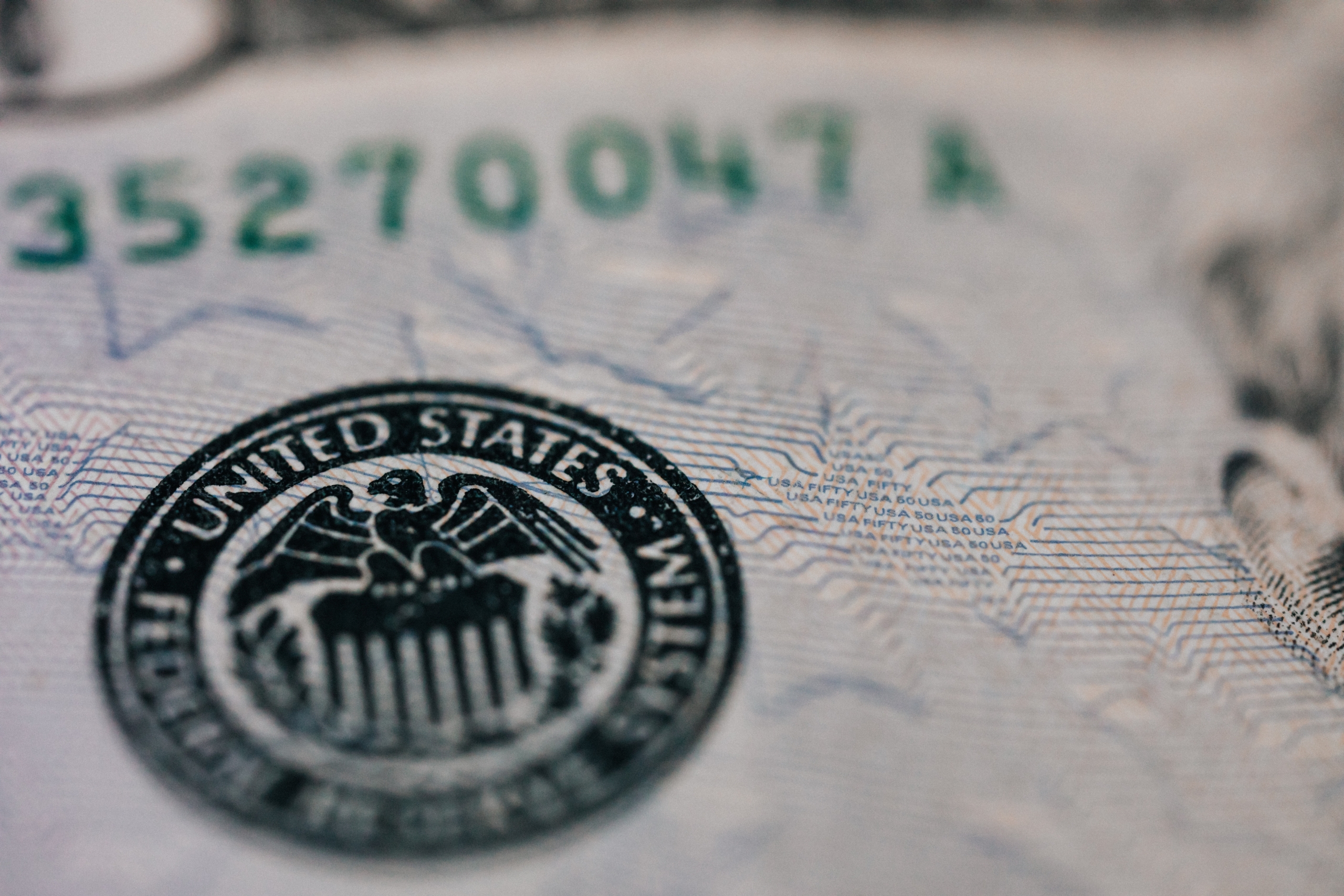Singapore Green Jet Fuel Levy on Travellers Ignites Funding Debate
JPMorgan’s Acquisition of First Republic Bank Assets: A Dream Come True for Shareholders

In March, both Silicon Valley Bank and Signature Bank faced crunches and on Monday, the California Department of Financial Protection and Innovation shut down First Republic Bank. A banking analyst mentioned last week that besides SVB’s bank run causing First Republic’s troubles, the bank’s historical practice of providing wealthy borrowers significant mortgages, often at reduced rates, resulted in the bank becoming vulnerable amid the past year’s rate hikes by the Federal Reserve.
After regulatory negotiations, JPMorgan Chase, the largest bank in the U.S., has taken over First Republic, obtaining the vast majority of its assets, including $173 billion of loans, $30 billion of securities, and $92 billion of deposits. How did JPMorgan manage to position itself to make this acquisition? In a new report titled “JPMorgan clears the First Republic wreckage- and notches a $92 billion coup for investors who love the deal” my colleague Shawn Tully offers some insight. In 1994, Congress passed a ground-breaking law allowing American banks to merge across state lines with few limitations, Tully notes. The amount of deposits that any single entity could hold was restricted to 10%, with an additional limit of 30% within a single state.
In 2014, JPMorgan Chase, Bank of America, and Wells Fargo, having expanded rapidly, surpassed the 10% threshold, aided in part by their buyouts of Washington Mutual, Merrill Lynch, and Wachovia during the Great Financial Crisis. As a result, the three financial giants were effectively prohibited from acquiring other lenders for a decade under the regulation. However, a provision in the 1994 act allowed buyers who rescued failing banks that the FDIC was ready to close down to be exempted from the 10% limit. When JPMorgan purchased the bulk of First Republic’s assets from the FDIC, it utilized this loophole to its advantage, as it marked it as an effort to clean up after one of the biggest banking collapses in American history, second only to the 2008 tumble of WaMu, states Tully.
What benefits can JPMorgan shareholders expect from their recent deal? According to a banking expert, JPMorgan has achieved a “coup” for its shareholders while simultaneously stabilizing the uncertain outlook of regional banks. The deal has already caused a positive impact on the bank’s stock price, as it was able to acquire First Republic’s assets, beating out other competing bidders in an auction. The acquisition of First Republic’s $92 billion in deposits, which are mostly from long-term customers, is a significant advantage for JPMorgan, as they are considered to be steady and stable, unlike ‘hot money’ funds amassed from tech companies and ultra-high-net-worth individuals. First Republic’s historical practice of offering ‘jumbo’ home loans resulted in many wealthy customers placing their funds with the bank, making them more likely to be dependable. In the end, Dimon and CFO Jeremy Barnum made it clear that this practice was no longer viable, but the customers and deposits remained, giving JPMorgan a clear advantage in the deposit wars.

